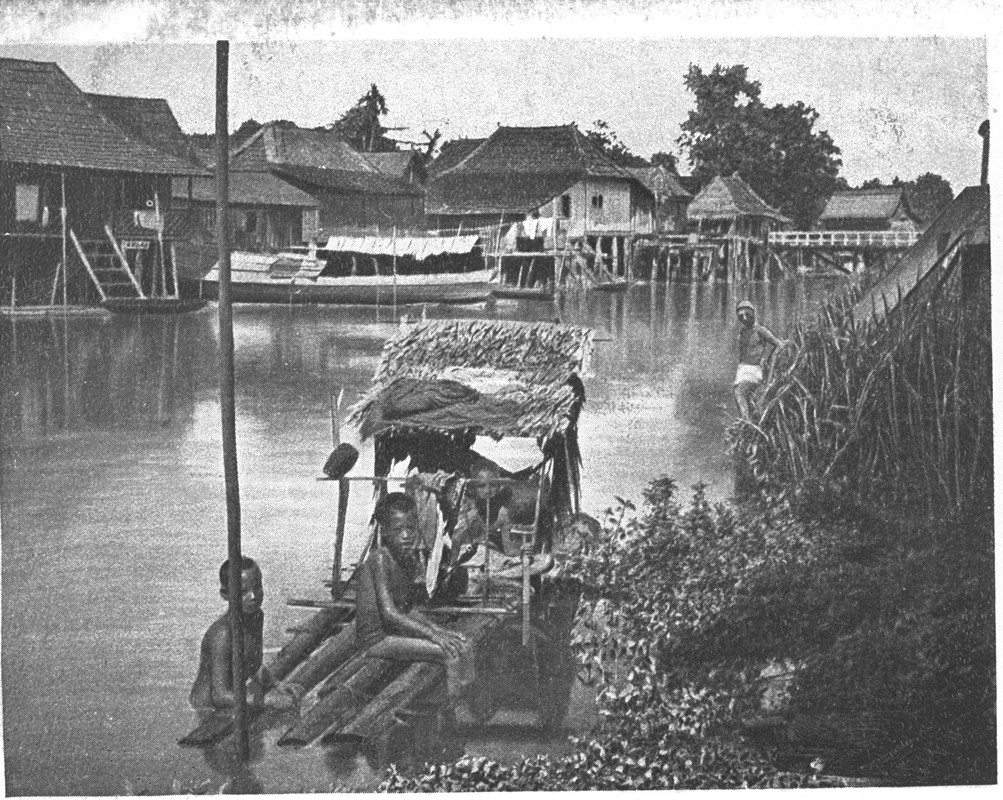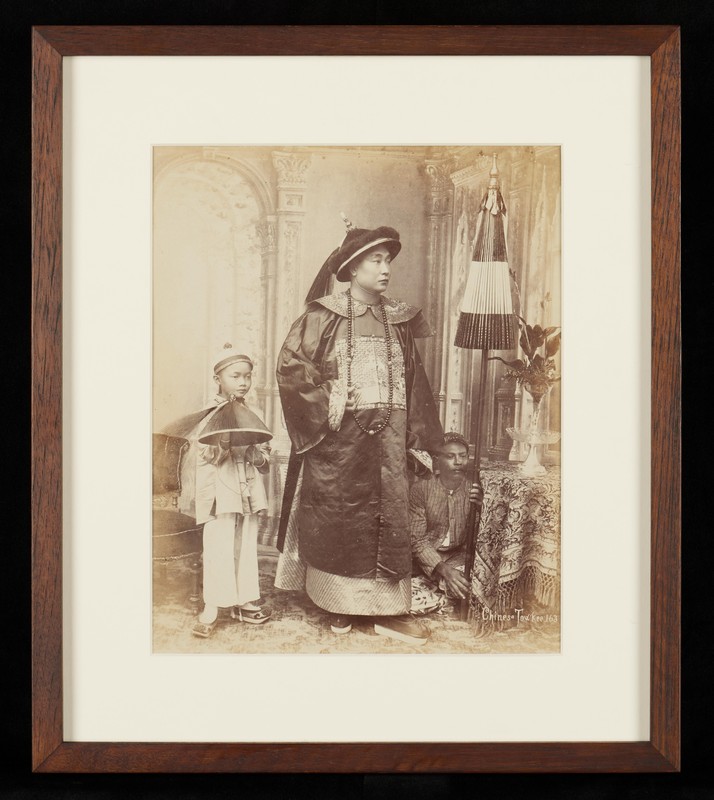Driving forces behind Chinese immigration to Singapore in the 19th century
In the early days of modern Singapore,1 the Chinese population was made up primarily of immigrants who had arrived from various coastal regions of China and Malacca. The Hokkien merchants who came from Malacca were mainly Straits Chinese. Many of these Chinese had been educated at the Anglo-Chinese College in Malacca, established by the missionary Robert Morrison (1782–1834).2As a result, they had a good command of English and often had the opportunity to work in the offices of European merchants, allowing them to interact with European expatriates who held significant influence over local affairs. In the burgeoning city of Singapore, they formed the upper class of early Singapore Chinese community.
The Chinese immigrants from China primarily came from the Fujian and Guangdong provinces. The main dialect groups were Hokkien, Teochew, Cantonese, Hakka, and Hainanese. While there were individuals engaged in trade, the majority of these groups were labourers, common folks, and scholars who were dispersed throughout Singapore. They formed the middle and lower classes of early Singapore Chinese community.


Seeking a better life
Chinese immigrants in the 19th century embarked on arduous journeys, leaving their homeland behind to come to Singapore in search of livelihood and settlement. The driving forces behind this migration included both push and pull factors. Push factors stemmed from the unstable domestic situation in China, characterised by incessant internal conflicts and social unrest, and often exacerbated by oppressive rule. Later, after the First Opium War (1839–1842), China signed the Treaty of Nanking and opened five treaty ports for foreign trade. The relaxation of China’s maritime restrictions led many people to seek opportunities abroad. In addition, China experienced frequent natural disasters, including severe droughts and floods, as well as typhoons and earthquakes. During the Qing dynasty, which spanned 267 years, there were 92 years of severe drought and 190 instances of flooding. China was also prone to catastrophic events such as epidemics and famines. These disasters left many regions in dire circumstances, intensifying the wave of emigration.
Pull factors include the fact that after 1870, Western colonial powers accelerated their economic development of Southeast Asia’s colonies. They required a significant labour force not only for the construction of urban ports and land development, but also for crop cultivation and mining activities. In an effort to develop Singapore into a prosperous commercial port, the British colonial government actively sought a substantial labour force, and the Chinese population became a major source of workers. The colonial government actively encouraged immigration and adopted policies of free trade, successfully attracting a large influx of immigrants to Singapore. On the surface, the Chinese labour force that came to work in Nanyang (Southeast Asia) were known as “contract coolies” under the legal system. In reality, it was a tragic social phenomenon, as many of them were actually victims of human trafficking and subjected to harsh conditions. Singapore’s growth owes a significant debt to the contributions of these Chinese labourers.
This is an edited and translated version of 19世纪华人移民新加坡的动力. Click here to read original piece.
| 1 | Widely stated as 1819, the year Sir Stamford Raffles (1781–1826) set up a British trading post on the island. |
| 2 | Robert Morrison was the first Protestant missionary to arrive in China from abroad, and he served under the British East India Company. He arrived in Guangzhou in 1807, and undertook extensive cultural work in the region. His accomplishments included being the first person to translate the entire Bible into Chinese and publish it. Additionally, he single-handedly compiled the first Chinese-English dictionary in China. In 1818, Morrison, along with fellow missionary William Milne (1785–1822), established the Anglo-Chinese College in Malacca and began publishing the Chinese Monthly Magazine. |
Choi, Kwai Keong. Xinjiapo huaren cong kaibu dao jianguo [The Chinese in Singapore: past and present]. Singapore: Singapore Federation of Chinese Clans Associations, EPB Publishers, 1994. | |
Kua, Bak Lim. “Huaren shetuan: xinhua shehui de zhongliudizhu” [Chinese associations: the mainstay of Singapore Chinese community]. Yihe shiji 46 (2022): 68– | |
Kuhn, Philip A. Chinese Among Others: Emigration in Modern Times. Singapore: National University of Singapore Press, 2008. | |
Lin, Yuanhui and Zhang, Yinglong. Xinjiapo Malaixiya huaqiaoshi [History of overseas Chinese in Singapore and Malaysia]. Guangzhou: Guangdong Higher Education Press, 1991. |










